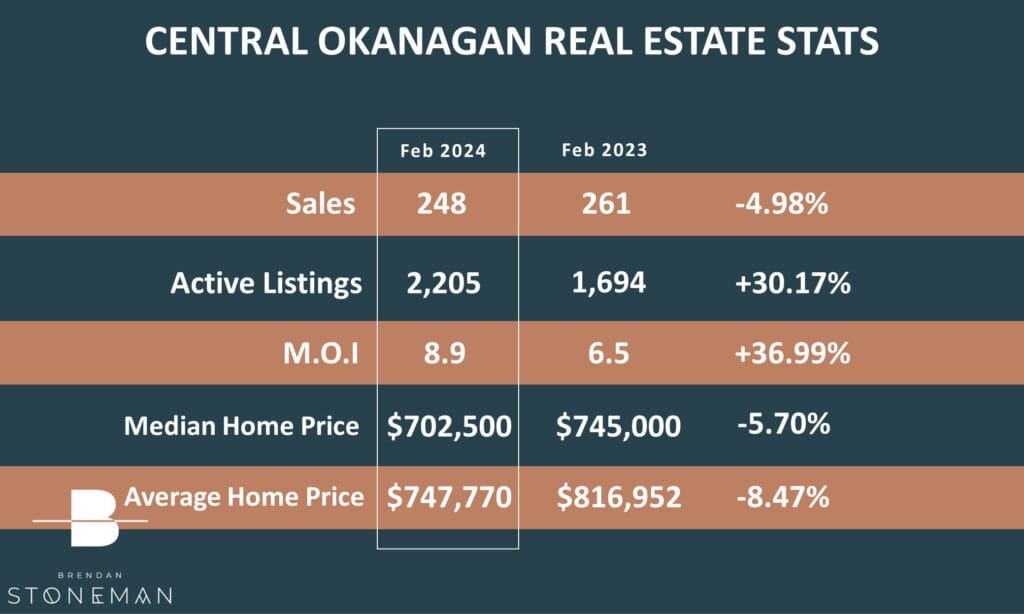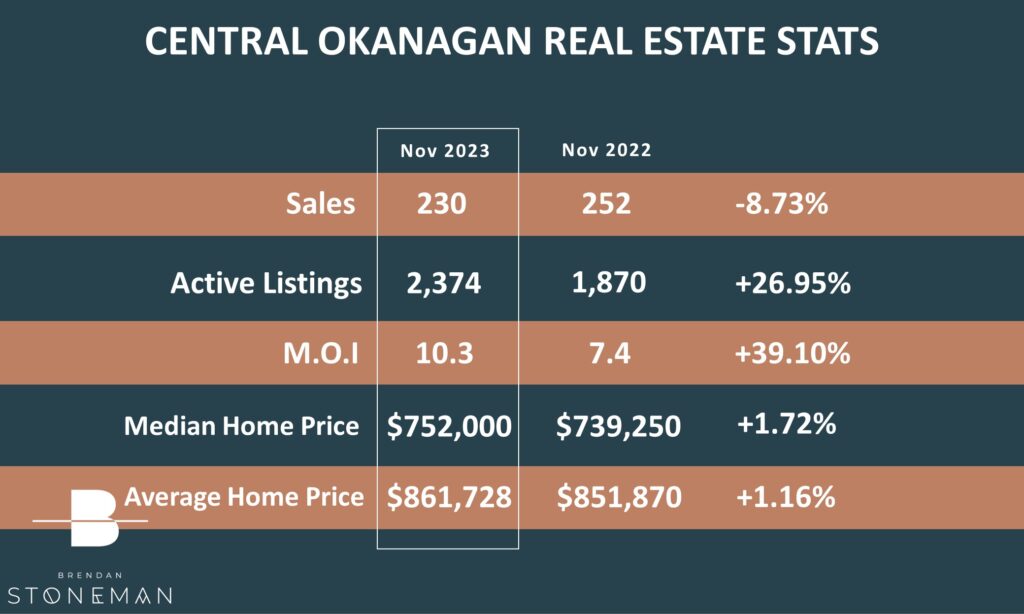What Is Not Covered In A Home Inspection?
In this weeks video blog we are sitting down with Murray Klingbeil – Home Inspector from Amerispec – to discuss some of the areas in a home that can’t be covered in the scope of a home inspection, as well as some items that may warrant calling in an additional expert!
Watch this short video to learn about what a home inspector does, the areas of the home they can’t inspect and what you can do to avoid costly surprises after moving into your new home . If you have any further questions about the home inspection process, please ask! If you need a great inspector in the Kelowna area – Murray’s contact info is below.
Here is the Transcription:
BRENDAN – Hey there, it’s Brendan Stoneman at Re/Max Kelowna and I’m talking to Murray Klingbeil, Home Inspector with Amerispec. So in a previous video we talked about the things that are typically covered in a normal home inspection, but I wanted to ask you, what are some of the things that are generally not covered in a home inspection?
MURRAY – Not covered, good question. Of course we are limited to what we can visually see without doing destructive damage to the house. We can’t dismantle mechanical components. Unfortunately, unless you have a gas fitters tag you can’t dismantle a furnace to thoroughly check the heat exchanger. Very few of us do any pool inspections, because the most expensive components to replace are your underground distribution lines and we don’t have the pressure test equipment to be able to test that. We don’t do any testing for asbestos, that’s all gotta be done at a lab, samples can be taken properly by abatement people for that. Underground irrigation systems are rarely checked by home inspectors because they’re such a high failure maintenance item. Appliances, typically are beyond the scope of our inspection, but myself personally, as a courtesy, will do a test on appliances that I know are staying with the house, built in dishwashers etc. But there again oftentimes appliances do not stay with the house so we don’t spend a lot of time on them. But what I do, is I take photographs of all the appliances because many times over my years in this business, what you saw when you walked through the house and made your offer, and what is there when you take possession, are two different things
BRENDAN – A little switcheroo?
MURRAY – Switcheroo.
BRENDAN – So then, you know obviously you’ve done a ton of home inspections and although you may not be inspecting a particular item, you’re pretty good at recognizing signs of problems and knowing when to call in an expert.
MURRAY – Very early in my career, I spent several days with one of the best pest control companies in town just as a ride-along, so they could train me on the major signs to look for, particularly with termite infestations. So anytime I see any inkling of a hint of activity, that of course I refer to my people that they’d call in a pest control contractor. The other thing that’s very important for people is septic systems, because they’re buried and hidden from view there’s very little that a visual inspection can see, unless it’s grossly failed, and you have effluent bubbling out of the ground, but being that a failed septic system is one of the most expensive components on the house, always have it pumped and checked, particularly if it’s a rental property.
For any Home Inspection needs contact Murray at:
Murray Klingbeil
250-763-0822
murray.klingbeil@amerispec.ca
www.amerispec.ca















